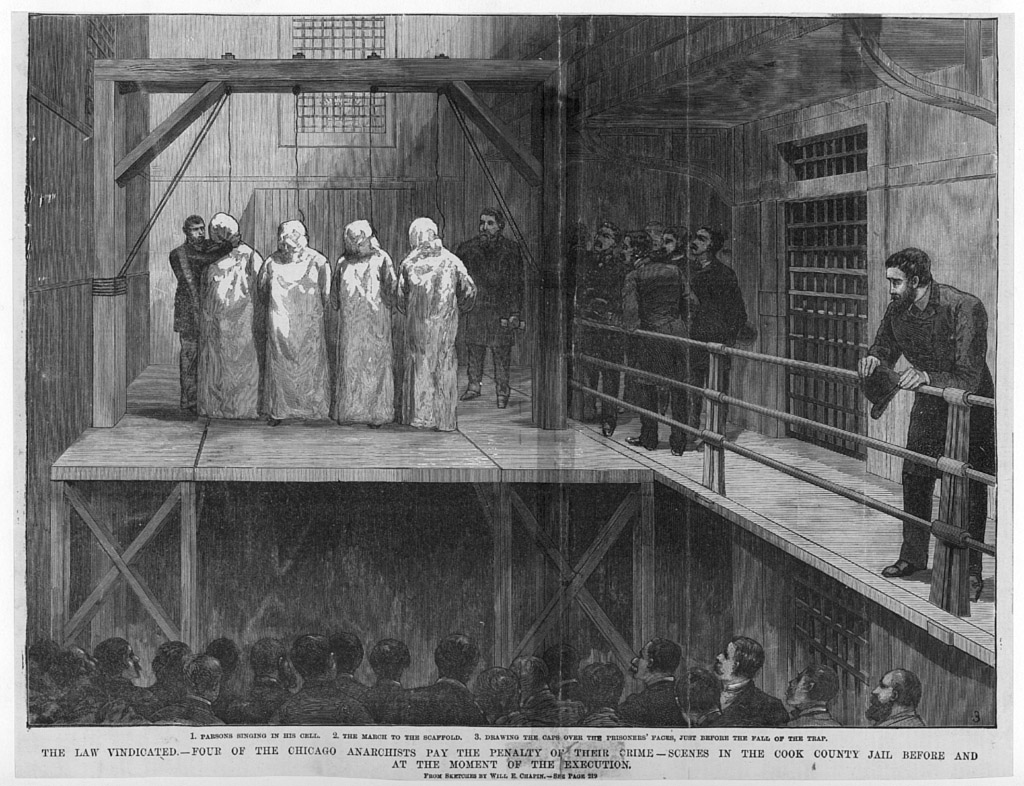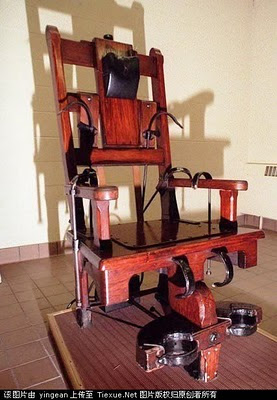by John M. Floyd
This is one of those columns that I suppose is aimed more at fellow writers than fellow readers, although I've found that some readers are interested in this kind of thing as well. Case in point: A few students in my writing classes have confessed that they didn't enroll because they wanted to write--they just wanted to learn about the writing/publishing process. They wanted to find out more about the way writers think, and the way we do what we do. (At first I was surprised that anyone would want to find out more about the way writers think. That could be a scary subject.)
Some quick background info. For more than ten years now, I've taught night classes in fiction writing at a local college. Two courses each fall/winter/spring session, two nights a week for 21 weeks a year. The first is an intro class called "Writing and Selling Short Stories"; the second is an advanced class with the brilliantly original name "Writing and Selling Short Stories, Part 2." More than four hundred students have been through my courses so far, and one of the best things about that gig is that now and then someone who took my classes will call or e-mail me with news of a sale to a major publication or publisher or contest. I'm not naive enough to think I'm the sole reason for those successes, but it still makes me feel great to hear about them.
Anyway, as any teacher of anything will quickly tell you, the instructor often learns as much from the teaching experience as the student does. And one of the interesting things I've learned is that there are several areas, in both writing and marketing, where writers always seem to disagree. Specifically, every group I've taught has been almost equally divided in its opinions on the following five topics:
1. Should fiction be outlined beforehand?
On one side of the fence are folks who map the plotline out mentally or on paper before the real writing begins. On the other side are those who just sit down and start writing, blissfully unaware of where the story might take them. There are advantages and disadvantages to both approaches, and everyone seems to have a definite preference on this. I once heard an author say writers are either OPs (Outline People) or No-OPs, and there are very few in between.
My preference: Outline first. But . . . I'm flexible when the actual writing begins. The roadmap I come up with beforehand usually winds up changing a bit somewhere along the way.
2. Should short stories be submitted simultaneously? (Let's hear it for alliteration.)
The upside of submitting the same story to multiple markets at the same time is clear: you stand a better chance of getting something published sooner. The downside comes into play only if you happen to receive more than one acceptance for the same piece. Nobody likes to be asked to go to the dance and then find out the asker has decided to take someone else instead.
My preference: I usually don't submit the same story to two different markets at the same time. But . . . my situation's a little different, in that I have a large inventory of stories available for submission. If you're written only a few, it's tempting to take the risk and thus increase the odds.
3. Should I write literary fiction or genre fiction?
This one has a simple answer. Write what you like to read. If your favorite authors are Cheever, Proulx, Joyce, Conroy, Bellow, Faulkner, etc., maybe you should consider writing lit fic. If you never read anyone but Evanovich, Grafton, Hammett, L'Amour, Clancy, and other "commercial" authors, you might want to churn out genre stories. Again, I've found that readers are usually pretty clear about what type of stories and novels they prefer.
My preference: Genre fiction. But . . . I think the very best stories--and my all-time favorites--have elements of both.
4. Should I write in first person or third?
Once again, about half seem to lean one way and about half the other. Not surprisingly, if you strongly prefer to read first-person stories, you'll probably want to write them that way, and vice versa. First person and third-person-limited offer the strongest and most intimate "connection" between author and reader, while third-person-multiple, omniscient, and "detached" POVs offer a larger scope and a sometimes better means of providing external suspense. I've heard that the writer should choose the POV based on how much he wants the reader to know and how soon he wants the reader to know it.
My preference: Third person. But . . . the POV depends on the story itself. I've also written and sold a lot of first-person stories.
5. Should I get everything down on paper first, or stop and edit as I go?
Many writers feel it's best to make a rough draft "rough." Get your thoughts down in tangible form before worrying about refining and rewriting anything. Others like to edit as they go, and make sure whatever they've written (however few the number of words or pages) is as perfect and polished as it can be before proceeding.
My preference: Write the whole thing first, whatever the length of the piece, and go back and edit later. No buts, on this one.
One other difference that I didn't mention is that some writers feel more comfortable about publicizing and promoting their published work (via booksignings, appearances, etc.) than others. But no matter how much our personal feelings differ on this, all seem to agree that an author must--to some extent--try to get out and "meet" his potential readers.
There will always be areas of disagreement among the participants in any profession, or even any endeavor. The points of contention that I've listed are just the ones that seem most evenly balanced--and also seem to spark the most discussion.
What's your opinion?

























